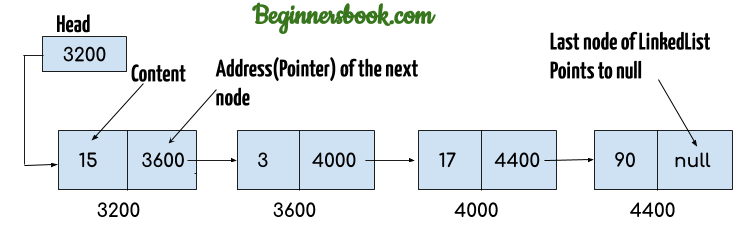
Implementation : ArrayList is the resizable array implementation of list interface, while LinkedList is the. Difference between ArrayList and LinkedList in Java 1.

I'll also assume that ArrayList is slower for large lists since that'll require a large number of elements to be moved.Public static void CustomerBuysFromArrayVendingMachine()įor (int i = 0 i < NumberOfPurchases i++)Ĭonsole. In this post difference between arraylist and linkedlist, apart from the differences, we will also discuss the similarities, examples and when to prefer arraylist over linkedlist. I'm assuming that ArrayList is faster for empty lists because neither a move nor an allocation is required. This will lead further differences in performance. ArrayList implements it with a dynamically resizing array. LinkedList implements it with a doubly-linked list. Both collections allow duplicate elements and maintain the insertion order of the elements. Both looks same from outside but there are some advantages of one over other. LinkedList vs ArrayList Internal implementation. Both can dynamically grow and makes proper use of memory.
#Array vs arraylist vs list vs linkedlist free
Thats why inserting an element in the middle requires that we first shift all the succeeding elements by one, and then put the new element into the free slot. Lets study two classes as examples: ArrayList and LinkedList.' 'Internally, ArrayList is implemented as an ordinary array. Java ArrayList and Java LinkedList both implements List interface. This is how different collections came to be. ArrayList extends AbstractList class and implements List interface. But remove-at-front is cheap: change a few pointers to assign a new head node. Difference between ArrayList and LinkedList in Java. List interface extends the Collection framework. It's backed by a sequence of nodes so add-at-end requires an allocation immediately and a deallocation later. We name the first element in the list as head and the last element as a tail. First of all, ArrayList is based on raw Java arrays, while LinkedList is based on a doubly-linked list. LinkedList contains a collection of nodes and implements a linear data structure. Differences between ArrayList and LinkedList As was covered in a previous article, both ArrayList and LinkedList implement the interface, making them somewhat similar to each other, but that is where the similarity ends. It serves as a container that holds the constant number of values of the same type. It is a doubly-linked list since it contains a link to the previous node as well as the next successive node. An array is a dynamically-created object. An array is a basic functionality provided by Java, whereas ArrayList is a class of Java Collections framework. If any element is removed from the array, all the bits are shifted in memory. 2) Manipulation with ArrayList is slow because it internally uses an array. LinkedList internally uses a doubly linked list to store the elements. But remove-at-front is expensive: move the array's entire contents over by one cell. In Java, array and ArrayList are the well-known data structures. ArrayList LinkedList 1) ArrayList internally uses a dynamic array to store the elements. It's backed by a contiguous array so add-at-end is generally cheap: just assign a value to the n th cell. First I recall how these data structures work. What I want to measure is first-in-first-out: add elements at the end, and remove 'em from the front.

As more elements are added to ArrayList, its size is increased dynamically. At what size is LinkedList faster than ArrayList for queue-like access? ArrayList is implemented as a resizable array. I'm using it to explore and to confirm my assumptions about the JVM and its libraries.

A linked list, however, must traverse the list to find that element. I've been exercising Caliper, our new JUnit-like microbenchmarking framework. Arraylist retrieving elements(get) compared to LinkedList Arraylist get can be done in O(1) time (constant time) because it’s just an offset memory lookup in an array, internally.


 0 kommentar(er)
0 kommentar(er)
